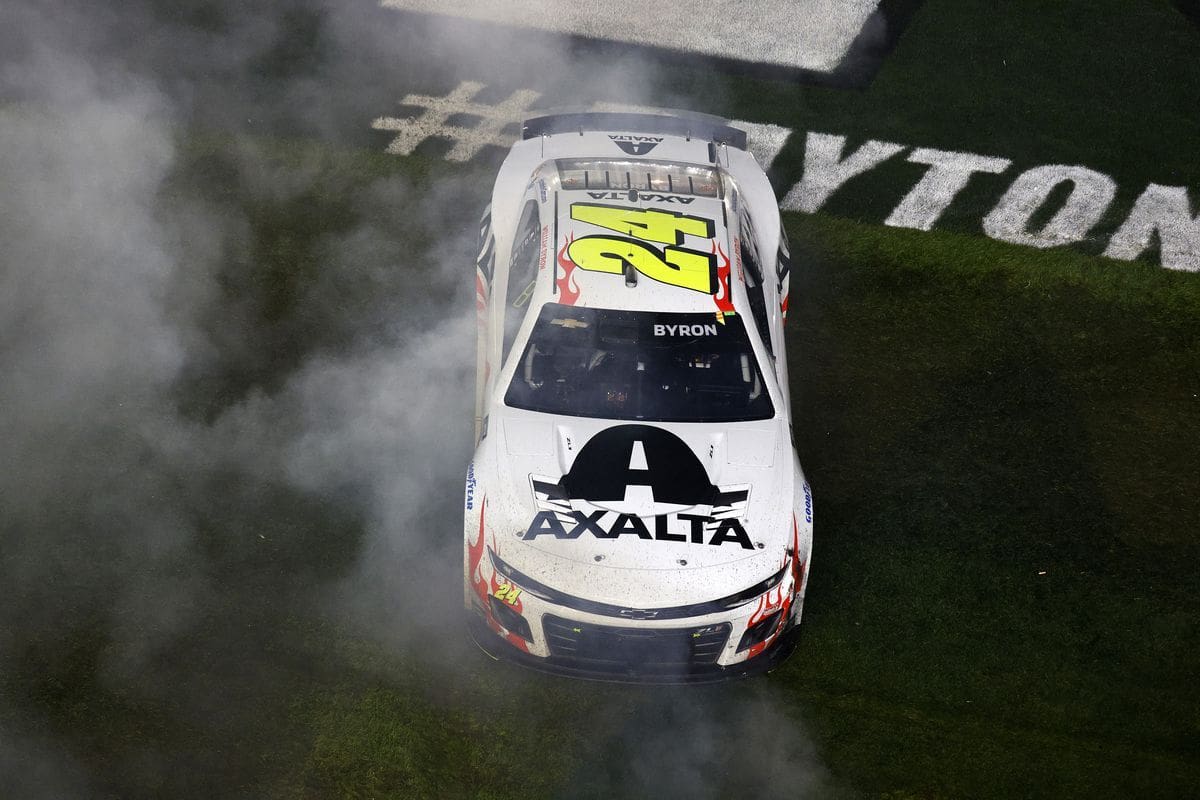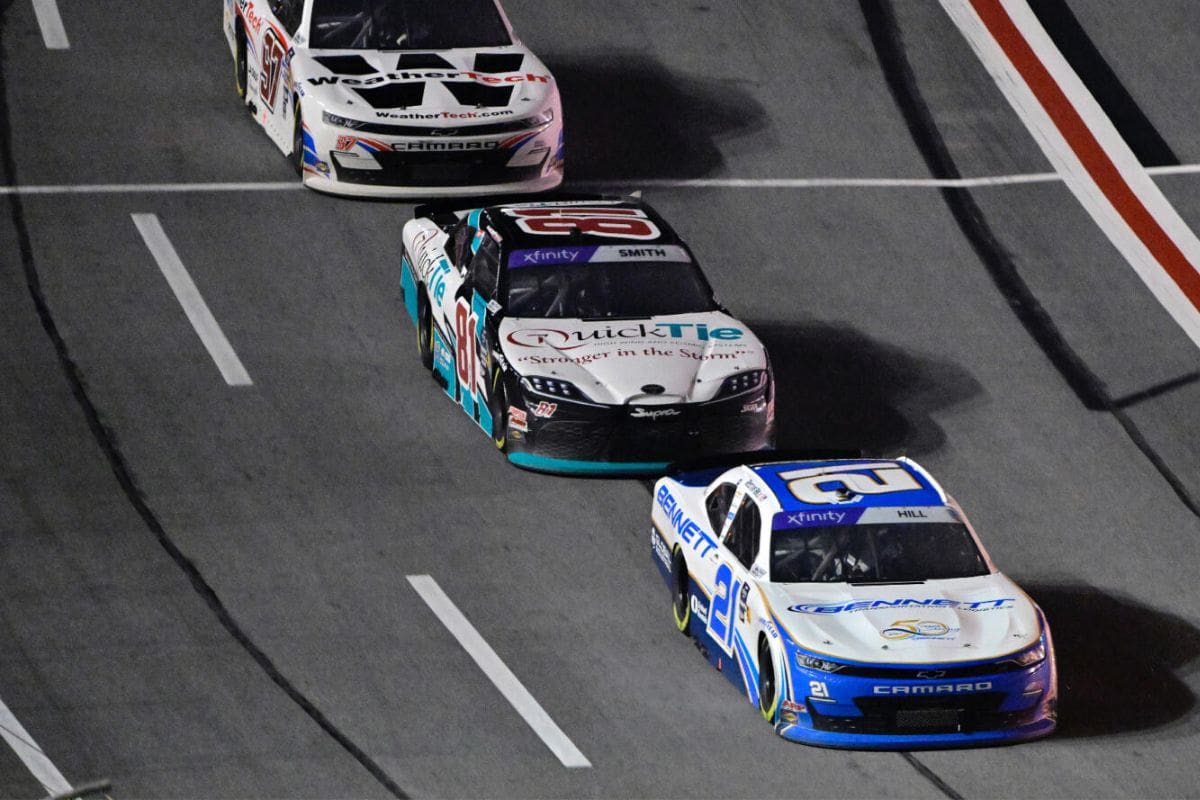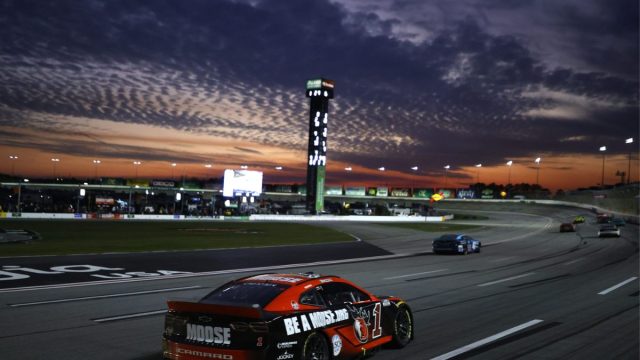Risk Vs. The reward at Atlanta: Exploring the intricate dance between risk and reward in NASCAR’s strategy at Atlanta Motor Speedway reveals a compelling narrative of calculated decisions and adrenaline-fueled moments on the track.
As drivers navigate the newly repaved surface, a delicate balance between pushing the limits for a shot at victory and avoiding the pitfalls of potential mishaps comes into play.
The high-stakes nature of each lap underscores the strategic brilliance and heart-pounding action that define this raceway.
In this high-speed chess match, where one wrong move can spell disaster, the allure of victory beckons, but the path to triumph is fraught with uncertainty and daring manoeuvres.
Marcus Smith’s Vision for Atlanta Motor Speedway’s Repave
With a clear vision and unwavering determination, Marcus Smith, the CEO of Speedway Motorsports Inc., embarked on a transformative journey to redefine the Atlanta Motor Speedway through a comprehensive repaving project in 2022. Smith’s strategic decision to overhaul the track aimed to set Atlanta apart from other mile-and-a-half tracks on the NASCAR circuit, signalling a new era for racing enthusiasts. His bold vision for the repave hinted at a thrilling and unpredictable future for the Speedway, promising fans and drivers an exhilarating experience like never before.
Since the completion of the repaving project, Atlanta Motor Speedway has indeed lived up to Smith’s ambitious vision. In just five Cup Series races following the renovation, the track has showcased a unique blend of challenges and excitement, attracting attention and praise from the racing community. Smith’s foresight and dedication to enhancing the Speedway have not only reshaped the track but also elevated the overall racing experience, solidifying Atlanta Motor Speedway’s position as a standout destination for Nascar fans and drivers alike.

The Unconventional Superspeedway Racing Approach
Marcus Smith’s strategic overhaul of Atlanta Motor Speedway’s track surface has ushered in an era of unconventional superspeedway racing, captivating NASCAR fans with its dynamic blend of risk and reward for drivers and pit crews. The recent race at Atlanta Motor Speedway showcased a unique approach, where drivers had to delicately balance speed and control to stay competitive. Former crew chief Steve Letarte emphasized the intriguing risk versus reward dynamic, where daring decisions on car setup could make all the difference on the track.
This unconventional style of racing introduced by the repave added an extra layer of excitement for fans, as each driver’s strategy played a crucial role in determining the outcome of the race. The edge created by this new approach made the entire 400 miles at Atlanta Motor Speedway a thrilling spectacle, highlighting the strategic prowess required to succeed in this evolved racing environment.
Deeper Meaning for the Audience:
- The importance of strategic car setup decisions in unconventional superspeedway racing.
- The delicate balance between speed and control for drivers on the repaved track.
- The heightened level of excitement and unpredictability brought about by the new racing approach.
The Intentional Thrill and Challenges of Atlanta’s Repaved Track
Shaped by Marcus Smith’s innovative vision, the deliberate thrills and challenges encountered on Atlanta’s repaved track provide NASCAR drivers with a unique and exhilarating racing experience. The intentional design of the 1.54-mile track aimed to replicate superspeedway racing, creating an environment that pushes drivers to their limits. The steep banks and narrow surfaces add complexity to car control, demanding precision and skill from the drivers. Despite the initial difficulties faced by drivers like Todd Gilliland, who likened the experience to navigating a haunted house, the challenges are seen as intentional and essential for enhancing the racing spectacle.
To further understand the intentional thrill and challenges of Atlanta’s repaved track, let’s explore a comparison between traditional tracks and Atlanta’s unique design:
| Aspect | Traditional Tracks | Atlanta Repaved Track | Difference |
|---|---|---|---|
| Banking | Moderate | Steep | Increased |
| Surface Width | Wide | Narrow | Decreased |
| Racing Difficulty | Moderate | High | Elevated |
As Atlanta continues to mature and age, experts predict that the track’s challenges may evolve, potentially altering the dynamics of racing on this distinctive circuit. NASCAR enthusiasts can anticipate more intense and thrilling races when the Quaker State 400 returns to Atlanta in September.

